An icon of South America, Brazil is bursting with life from the city streets to the remote corners of the Amazon Rainforest. While the famous and well-known streets of Rio de Janeiro are always buzzing, the country is dominated by wilderness.
With 60% of the Amazon Rainforest within its borders, Brazil boasts the title of Planet Earth’s most biologically diverse place. 10% of all known animal species are found within this tropical kingdom. With iconic wildlife like the toucan, capybara, pink dolphins, and more – Brazil is a top destination for nature lovers.
Bem-vindos – Welcome to Brazil!

Diversity doesn’t exist only within nature in Brazil. The vibrant streets of the cities and towns are always overflowing with celebrations. Carnaval is the country’s most famous celebration, held yearly during Lent, which is observed by the Christian religion. The festivities are famous for their feathers, floats, and parties.
Brazilians love to party and while Carnaval is one of the biggest of the year, there are still various celebrations throughout the year. With a love of music, the people of Brazil dance to their own beat and the rhythm of life is unique.
Brasília is the capital of Brazil. It was founded in 1960 and replaced Rio de Janeiro as the seat of the government. The unusual city is most famous for its layout and design, which is often said to resemble that of a bird or airplane.
The white and modern architecture of Brasília is quite plain when compared to Rio de Janeiro. But the capital makes up for its bland appearance in the hard-working people who represent its diversity. With foreign diplomats, international consulate employees, and native-born Brazilians, the capital has a global mix of life.
- Culture and Language
- Spending Budget
- How to Get Around
- Top Cities to Visit
- Points of Interest
Culture and Language
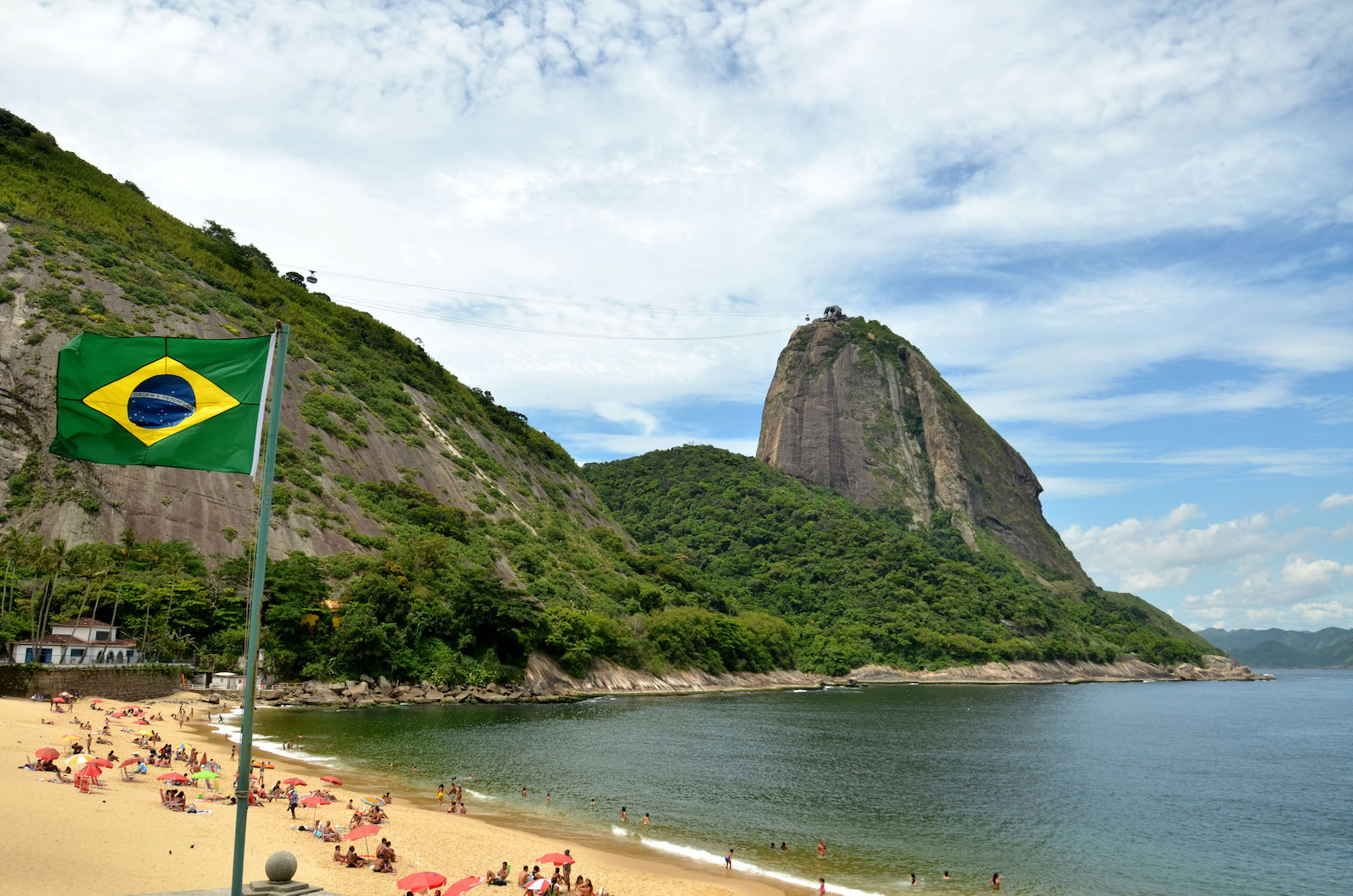
Brazil’s history goes back thousands of years and started with indigenous Jiquabu tribes, who were the original inhabitants. Over 2,000 tribes once inhabited the land and they lived along the coast, as well as banks of rivers.
Brazil History
In the year 1500, Pedro Álvares Cabral was sponsored by the Kingdom of Portugal to travel west, which is when he found Brazil. With the introduction of Europeans and their diseases, large portions of the indigenous people were killed.
Those who were not killed were used as slaves throughout the year to mine resources from the land. Brazil is rich in sugar, gold, diamonds, coffee, and rubber. Since the days of colonization, Brazil has developed its own government. Today it runs as a democratic republic with a president at the helm.
While the government is not perfect and Brazil was named to have a “flawed democracy” in 2018, the country is still working hard toward the future. The economic growth of the country has helped stabilize the country, but it’s still considered to be a developing nation.
Brazilian Culture
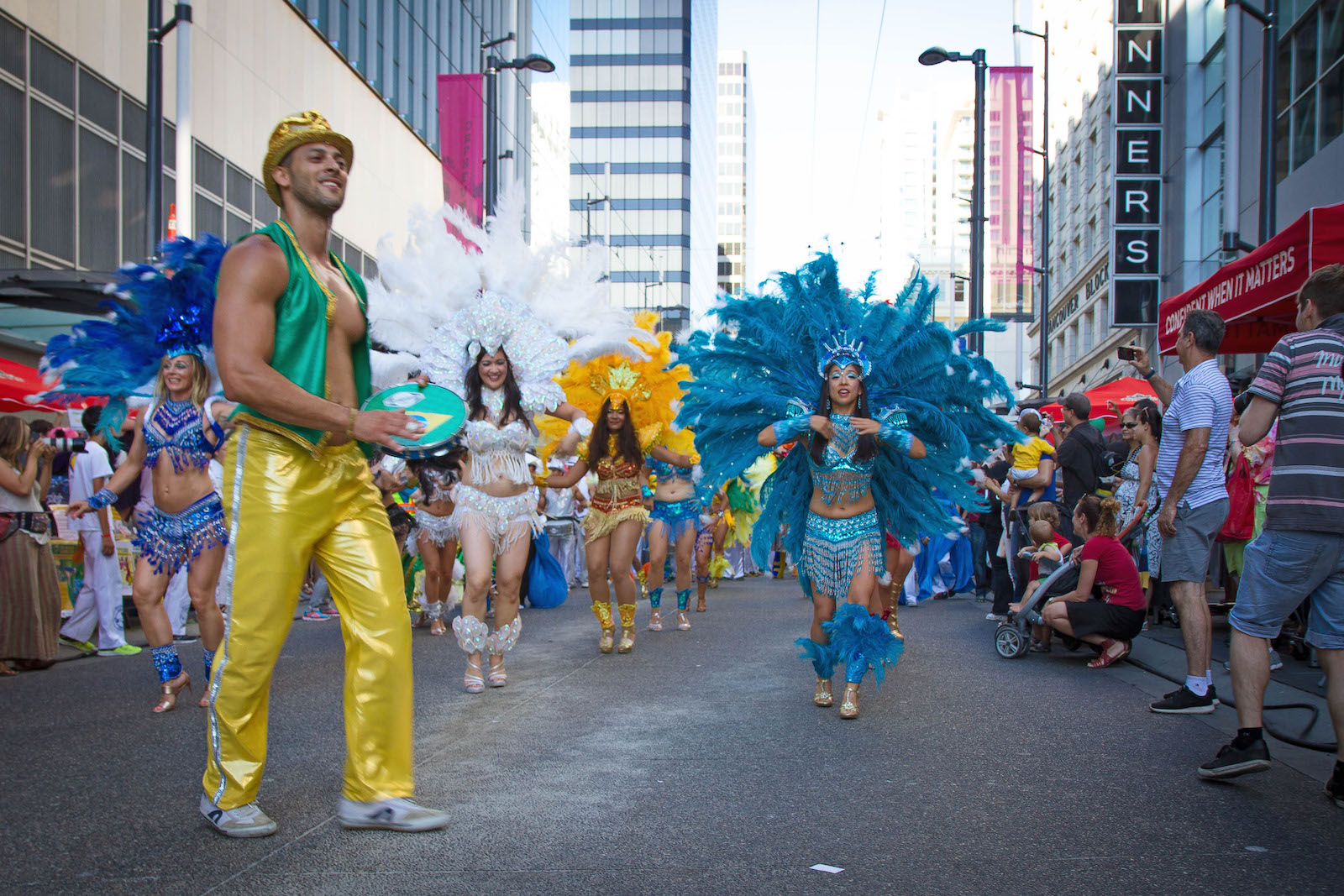
With the colonization by the Portuguese, Brazil is often said to have a strong European culture. Portugal’s influence continues throughout the country via its language, cuisine, and architecture. However, African culture also plays a part in Brazil’s identity and is often attributed to introducing the love of music and dance.
Religion is an important part of Brazil’s identity with 2/3 of the population identifying as Roman Catholic. However, there has been a recent surge of Protestants, though it’s still estimated that about 65% of the population remains Roman Catholic.
Music is deeply ingrained in Brazilian culture with famous genres like Samba, Choro, and Bossa nova all coming from the country. The locals love to dance to the beat and music is often a daily part of life, as well as grand celebrations like Carnaval.
Official Language
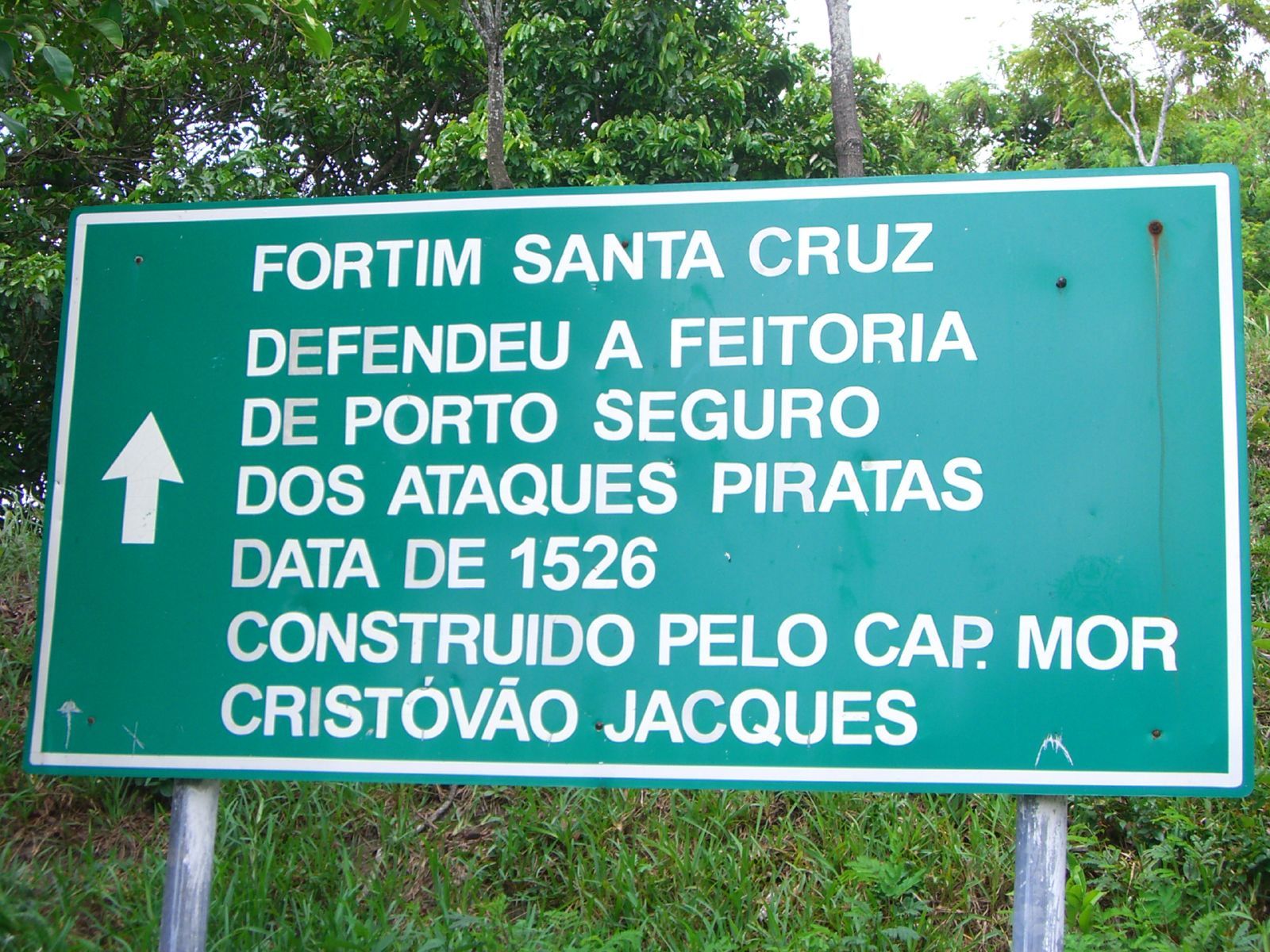
Portuguese is the official language of Brazil, which is used in the media, education, and government. There are differences between European Portuguese and Brazilian Portuguese, but the two languages are mutually intelligible. While most Brazilians will only speak Portuguese, minority languages like Spanish, Italian, and German are also spoken.
Spanish is mostly influenced by Brazil’s regional placement, as it’s bordered by Spanish-speaking countries. But not all Brazilians will understand Spanish. Italian and German are also becoming more popular as immigrants are beginning to move in.
With Brazil’s influence in the global markets and with tourism, English is becoming more popular amongst professionals. While a small portion of the country is fluent in English, you’re more likely to find English-speaking Brazilians in touristy areas.
Spending Budget
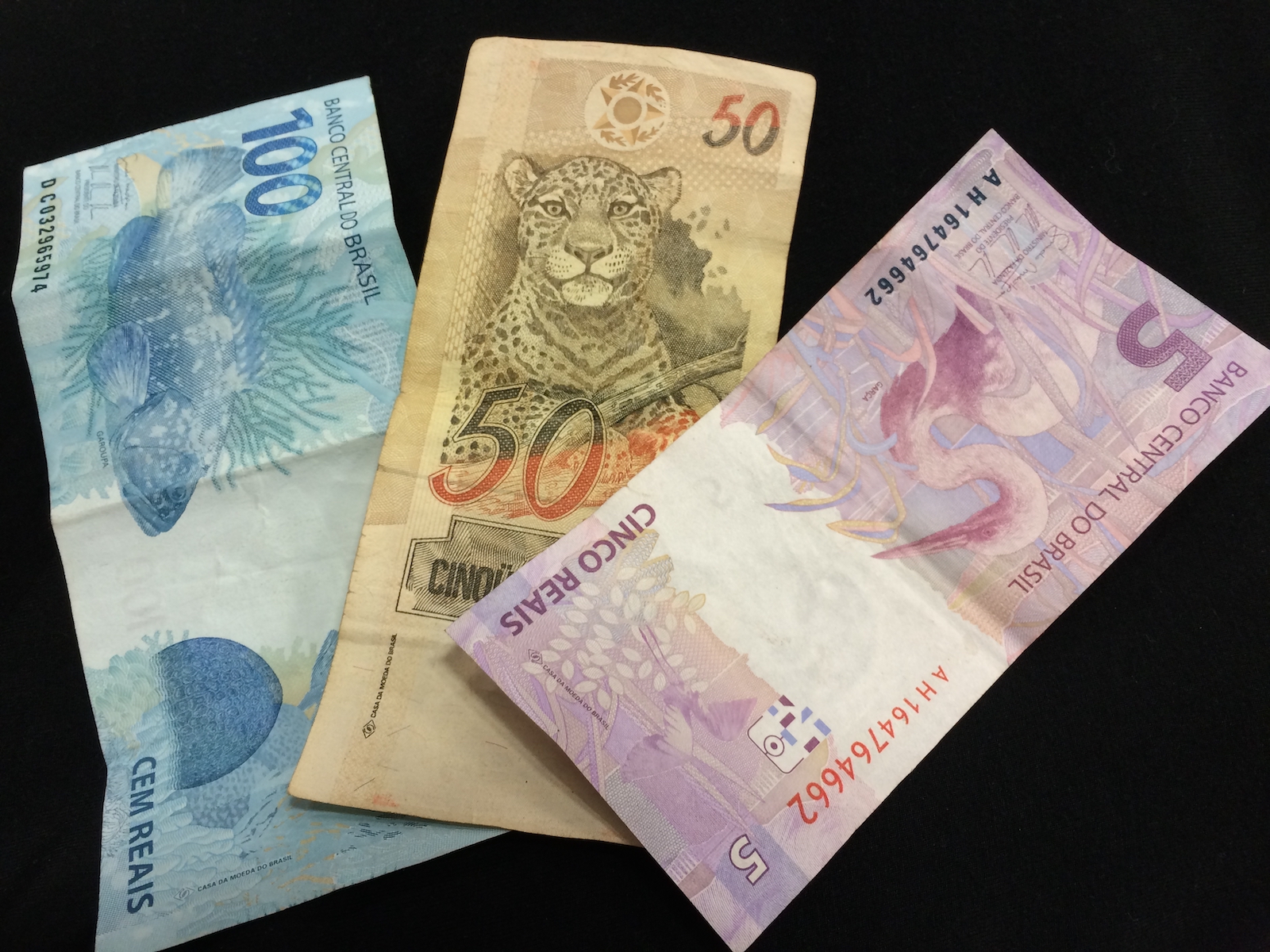
It’s important that you still take the time to plan your spending budget. That is before you begin your adventure. Brazil is an expensive country to visit when you compare it to its neighboring South American countries.
But if you plan accordingly, you can still set an affordable budget for Brazil. The most important parts of your budget will include your airfare, accommodation, food, drink, and transportation.
Airfare
While Brazil is located in the south not too far away from the United States, it’s still expensive to purchase an airline ticket to the country. Most travelers spend an average of over a thousand dollars on their plane ticket to Brazil, however, you may be able to find some deals that lower the price.
The price of your ticket will also be affected by when you travel and how far in advance you book your reservation.
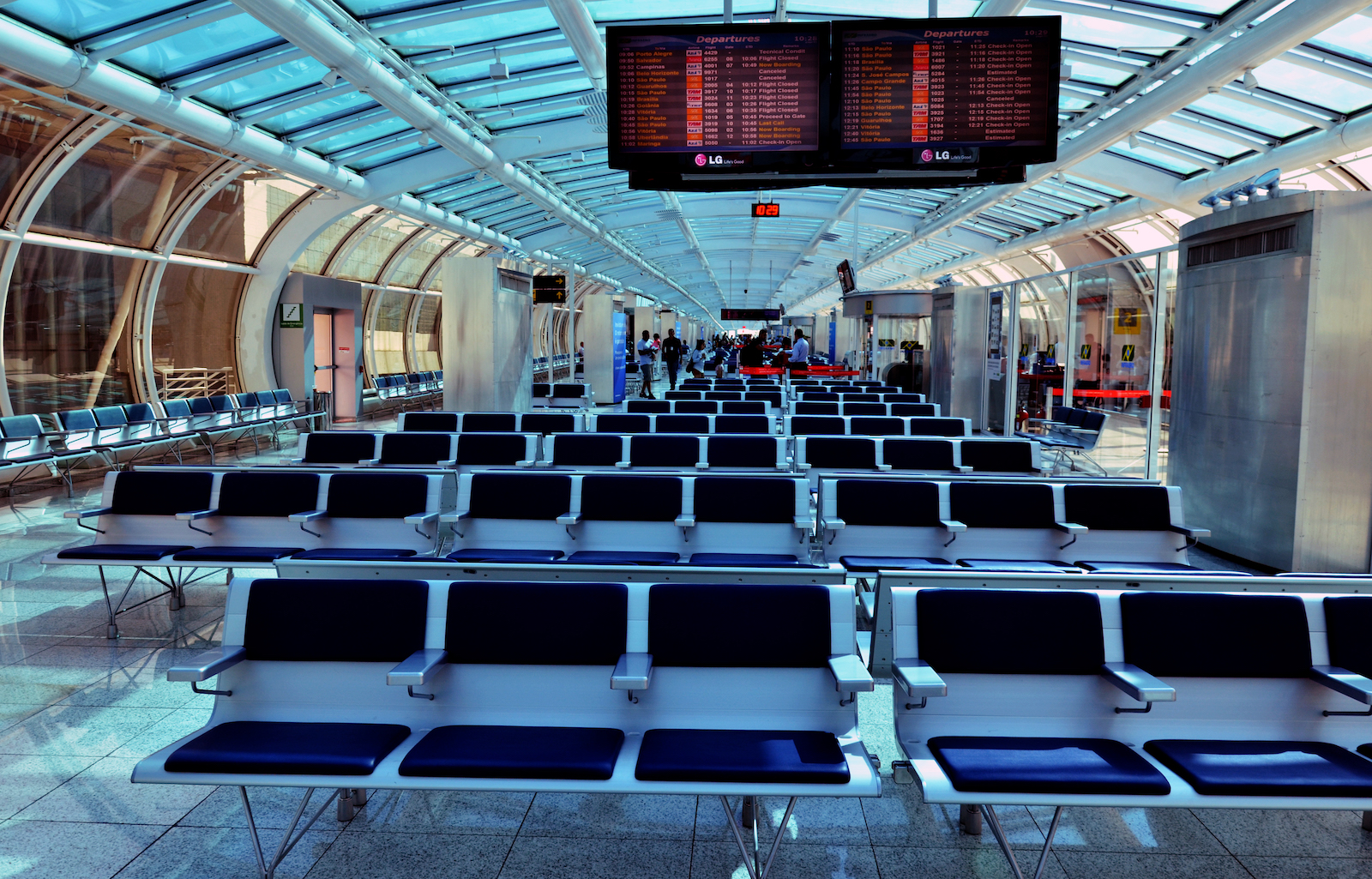
Peak tourist season in Brazil runs from September to October. The other times of high travelers are from December to March and June to August.
Major holiday periods like Christmas, Semana Santa, and Lent are also times when airline tickets will rise in price. You should avoid waiting to book your ticket, as making a last-minute purchase means that you’ll have to spend more money.
Accommodations
Unlike your flight, accommodation is affordable in Brazil, if you want it to be. There are a lot of different accommodation options within the country that range from budget to luxury.
Hostels are the most affordable type of housing. However, you would only get the basics and would likely have to share amenities with other guests. For more privacy, a double room in a hotel would be a good option.
There are a lot of budget hotels that are clean and comfortable. If you’re splitting the price between two travelers, it can be just as affordable as a hostel. Boutique or Western-style hotels’ nightly rates are moderately priced.

These would provide the most privacy and concierge service, while still being affordable. If you would like to stay in a resort, you should expect to spend much more.
Brazilian Food
Once you’ve decided on what type of accommodation you want for the duration of your trip, the next portion of your budget will go to food and drink. It’s a way to experience and connect with the local culture. Brazilian cuisine is known for having a wide variety of influences from all over the world and can vary from region to region.
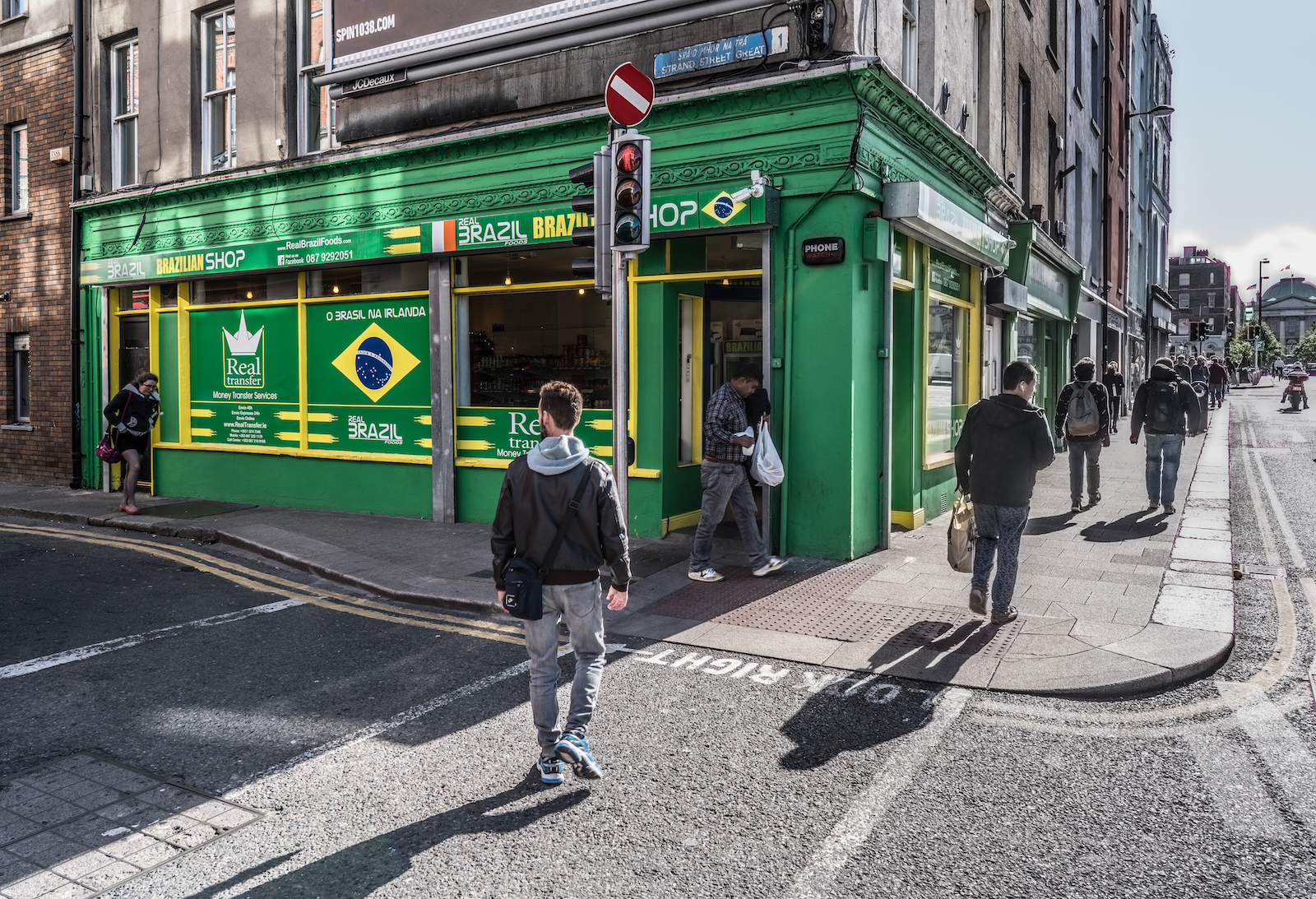
With its tropical location, Brazil is known for its fresh fruit. One of the most popular is the açaí, which is made into various sweet dishes. Romeu and Julieta is another common fruit dish that is made from guava and served like cheesecake.
Empanadas are a staple Brazilian snack, which is world-famous. Most empanadas are made with cheese or meat. A unique take on a chicken nugget is coxinhas, which is chicken wrapped in soft dough and deep fried. Feijoada is considered to be one of Brazil’s national dishes and it is similar to a stew using black beans, rice, and pig ears.
Dining Out
Brazilian food is famous and being able to taste authentic cuisine is something that all travelers eagerly await. The good news is that food is affordable if you choose to stick to local establishments. Food stalls will be the cheapest while at nicer establishments, you should expect the price to drastically increase.
High-quality establishments that offer gourmet meals will have a price tag to match, so be prepared to increase your budget accordingly. Costing hundreds of dollars, some of the top restaurants offer excellent cuisine, especially at one of the more than a dozen Michelin-star restaurants in Brazil.
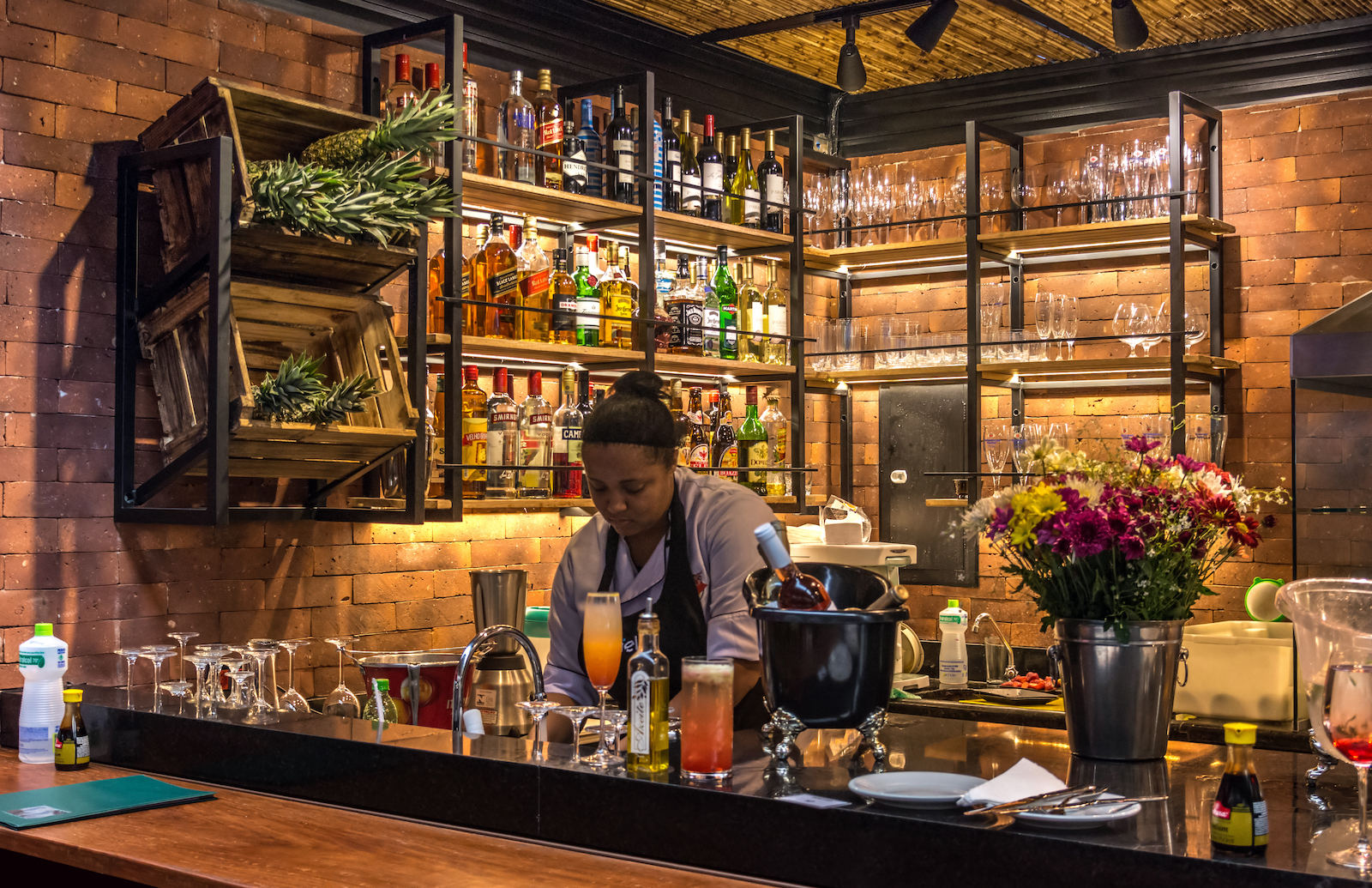
Drinking is a normal part of Brazilian culture and there are a large variety of alcoholic drinks available. Alcoholic beverages made with local spirits will be the most affordable.
Cachaça is Brazil’s most famous locally-made alcohol and it is distilled from sugar cane. If you are looking to drink imported brands of alcohol, you should expect to pay a higher price.
Most drinks within the touristy areas will have high prices that rival US prices. Drinking less can help you save on your budget.
How to Get Around
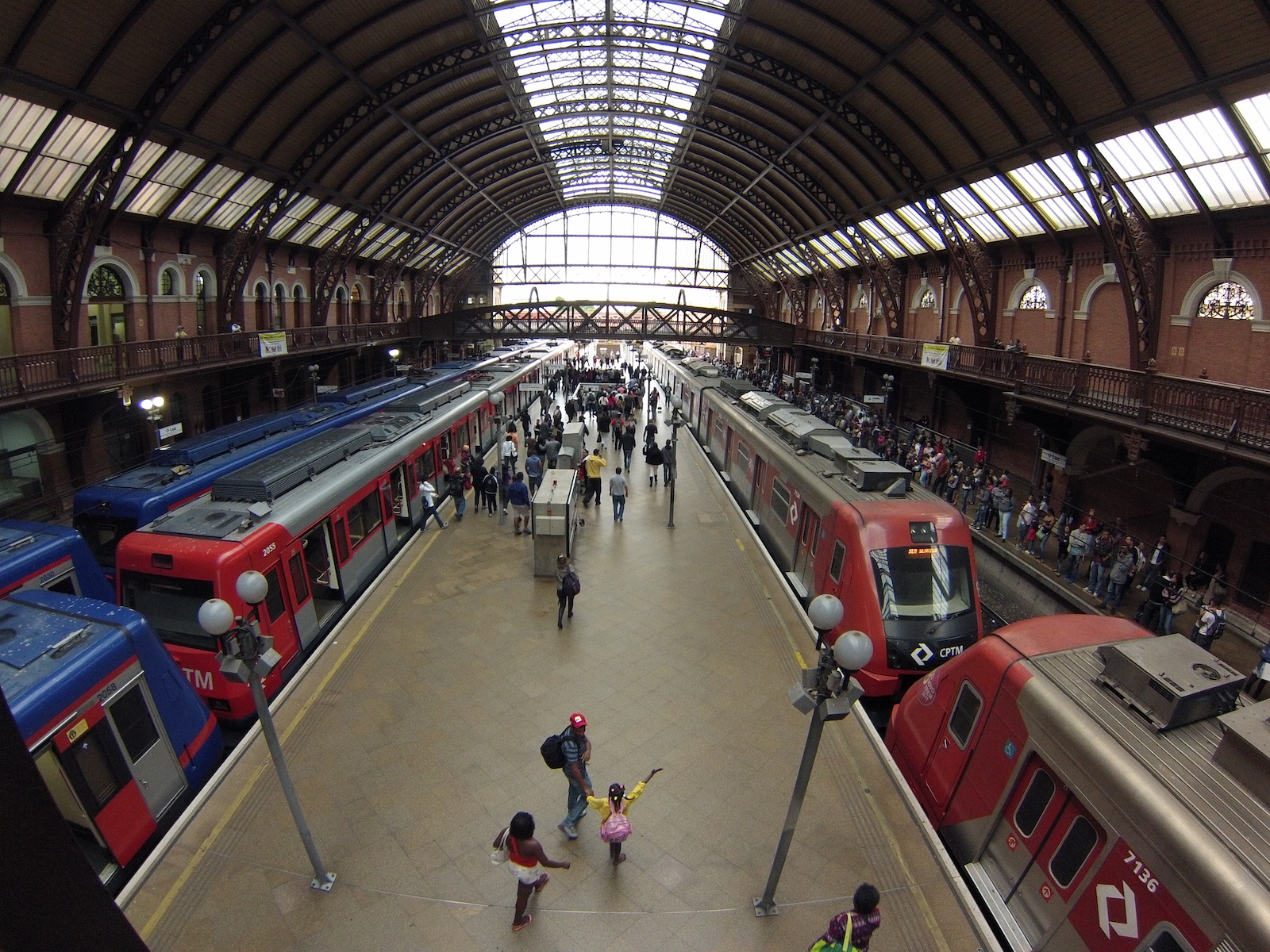
Transportation is also an important consideration for your budget. There are a lot of different ways that you can get around Brazil.
Flights
If you’re short on time, domestic flights are the best way to cut down on the hours spent traveling. This can be expensive. Domestic flights normally cost a few hundred dollars, which is not always affordable for every traveler.
Buses and Trains
The most common methods are to use a local bus or the metro, which is established in bigger cities like Rio de Janeiro. Buses and trains are the most affordable way to get around and tickets are often less than a couple of per trip.
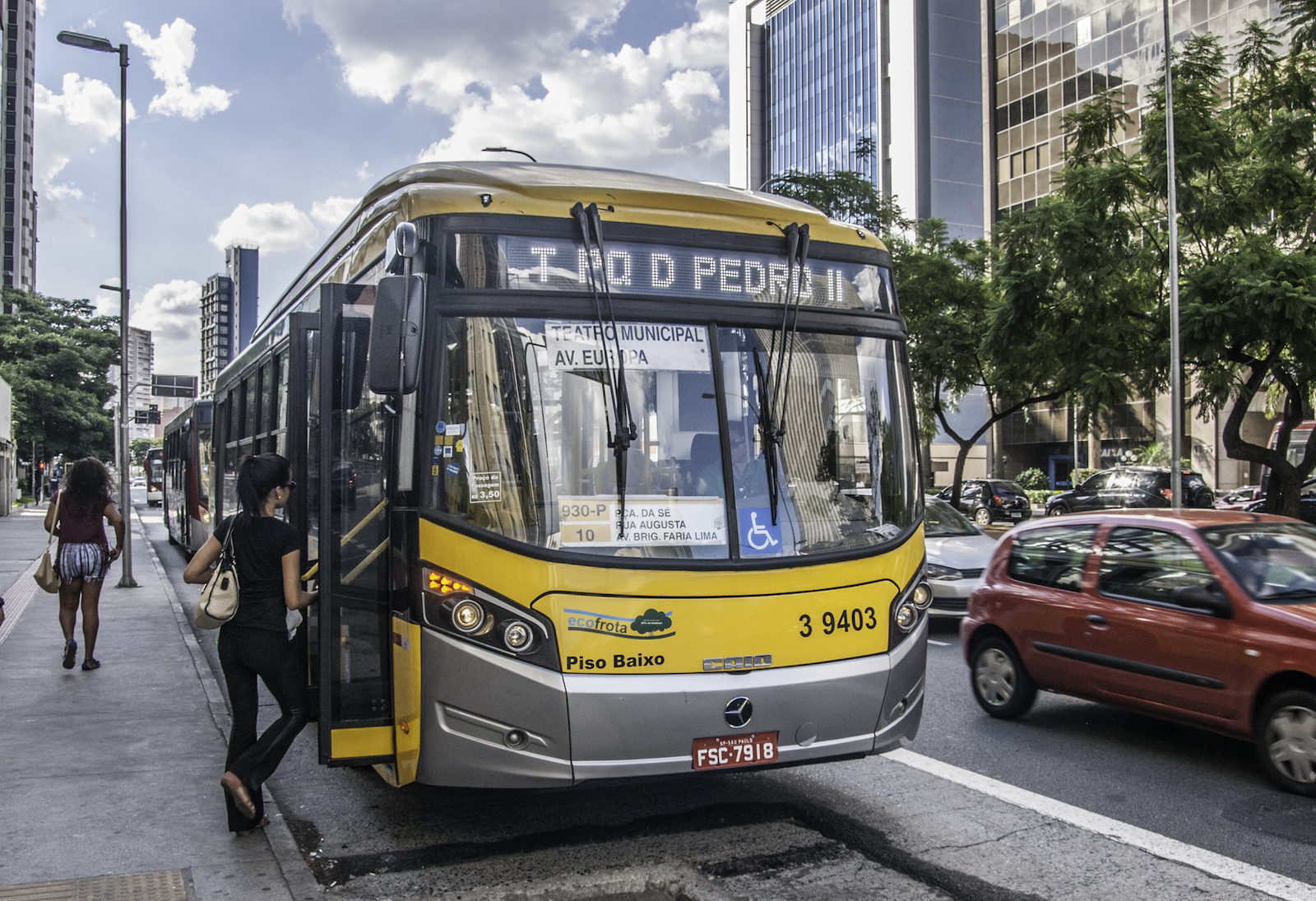
Taxis and Car Rentals
Taxis can also be used to get around the city and are relatively affordable. However, it’s important to only use licensed taxis, which should be registered and clearly marked. There should be a local phone number for a taxi or a taxi stand where you can find a licensed car and driver.
You can drive yourself in Brazil if you rent a car, but the numerous toll roads and heavy traffic often stop tourists from driving. Brazil is chaotic. It could be ideal to find other ways to travel so that you don’t have to deal with the stress of new roads and laws.
Walking
Finally, walking is safe in the daytime around tourist areas, but it’s not recommended that you walk at night. If you choose to walk at night, you should always go with a group and be aware of your surroundings. Petty crime is common in Brazil and by choosing to take a taxi, you can stay safer and avoid conflict.
Top Cities to Visit
Brazil is a large country and there are various towns that are tourist destinations. From inland to the coast, here are the top city destinations in Brazil.
Brasília

As the capital city, Brasília seems out of place with the rest of the country due to its stark and modern architecture. And while the city may not be as dramatic or visually stunning as other destinations, the local people and lively nightlife still have their charm. Amidst the white buildings are numerous green spaces like parks, which help bring life to this artificial land.
Rio de Janeiro
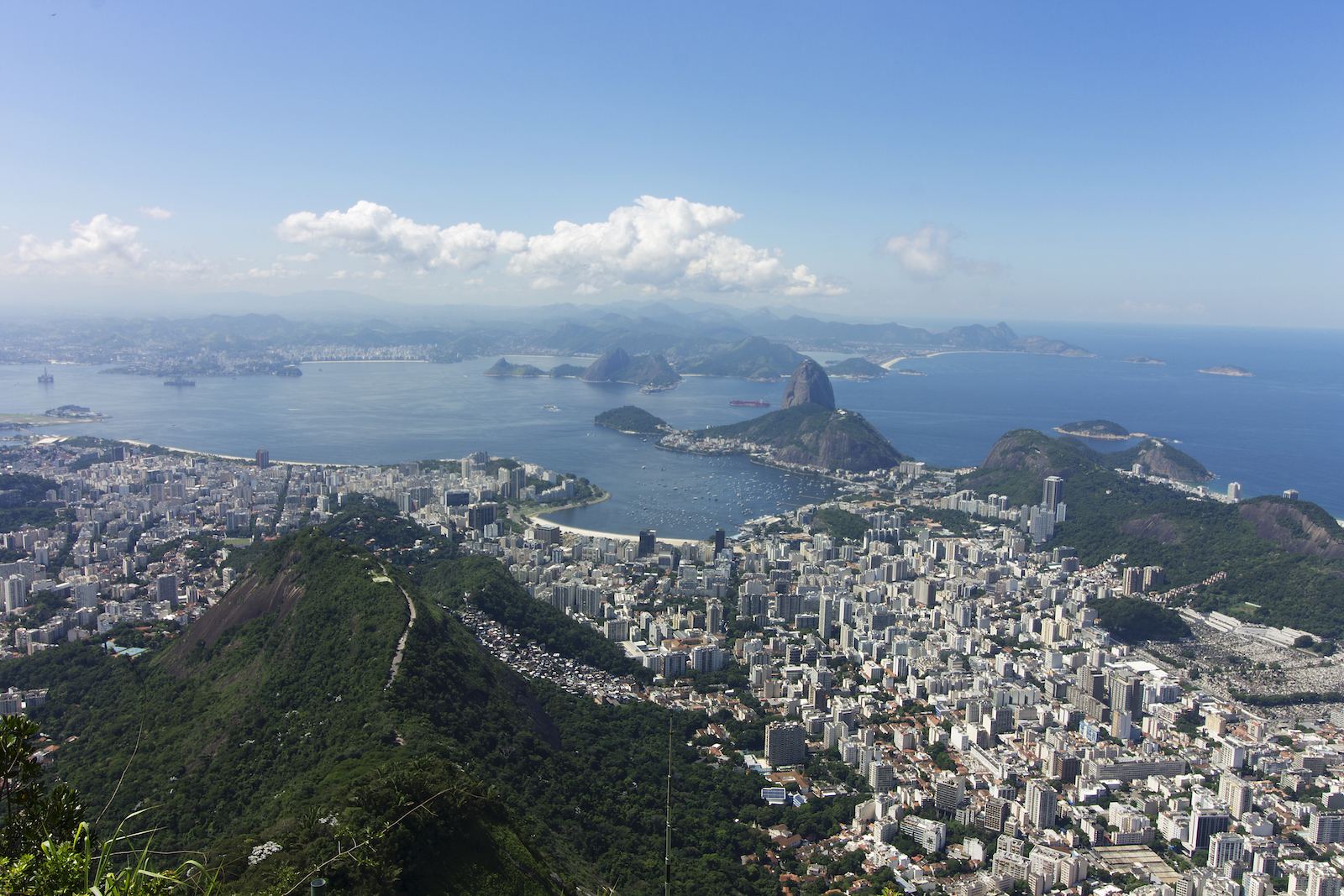
Rio de Janeiro is one of the most easily recognized cities in the world due to its dramatic landscape, numerous beaches, and Christ the Redeemer statue. Here, the tropical forest blends with towering mountains. Amongst the valleys are hundreds of favelas.
Sugar Loaf Mountains is one of the most famous attractions, alongside the Copacabana and Ipanema beaches. Christ the Redeemer dutifully watches over the city and its people, and you can take a journey to the statue’s base for an amazing view of Rio.
São Paulo
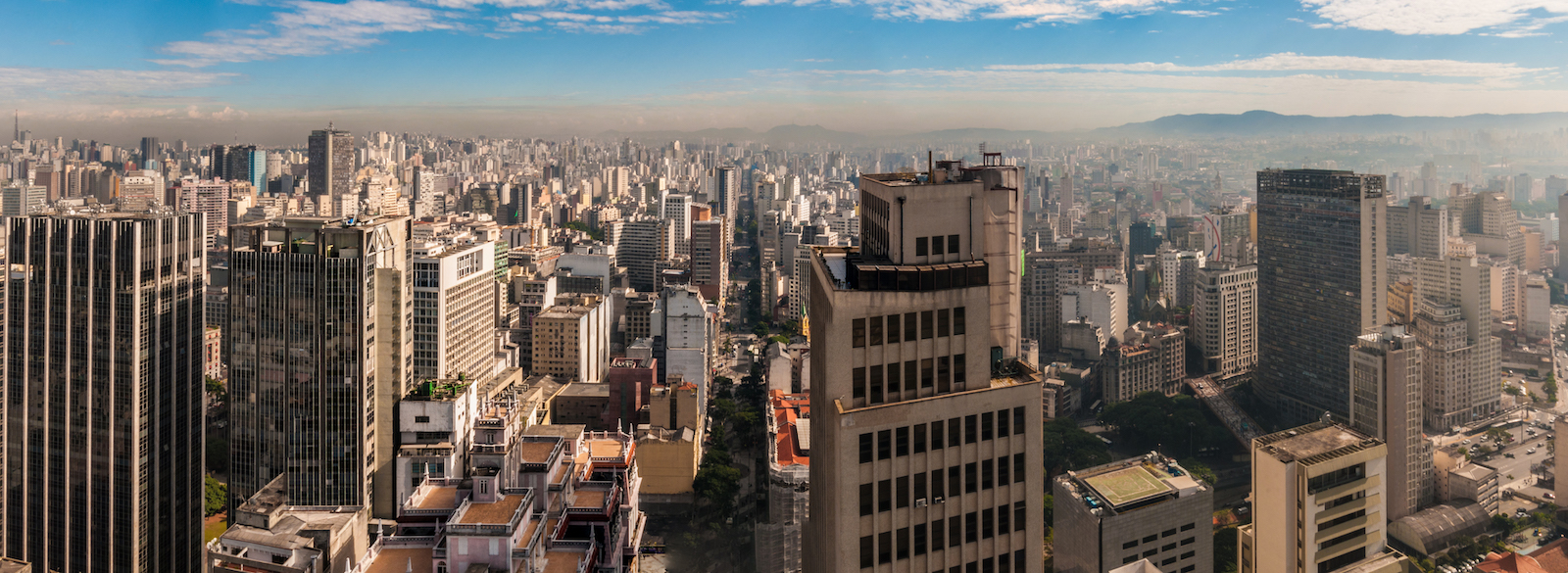
While São Paulo is not as visually impressive as Rio, it makes up for its urban jungle landscape with art, history, dining, and shopping. You can explore Brazilian fine dining for a delicious adventure. The various museums are major attractions and will give you insights into the local art and culture.
Salvador
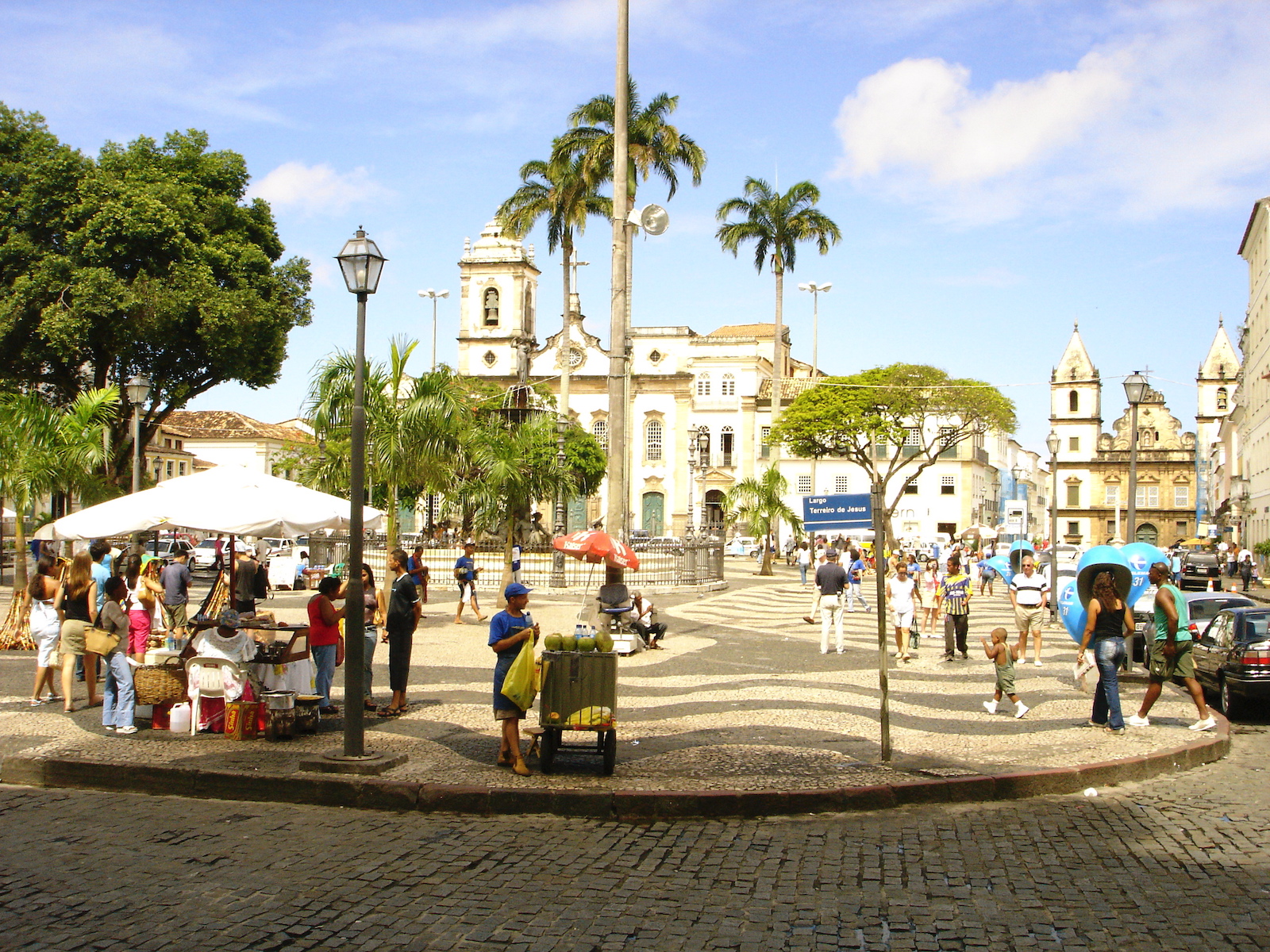
Filled with colonial architecture, Salvador is known for its Afro-Brazilian culture that thrives in the streets. The colorful buildings add to the liveliness. The Old Town’s cobbled roads lead to various museums and historic sites. With high energy, Salvador has become a booming tourist destination and shaped the country of Brazil.
Florianopolis

Florianopolis is often said to have the most stunning beaches in all of Brazil. While Rio has the most famous, the beaches here are lined with large rocks, lush greenery, and white sands. Tourists often come here to enjoy the local watersports, as well as hiking and paragliding.
Manaus
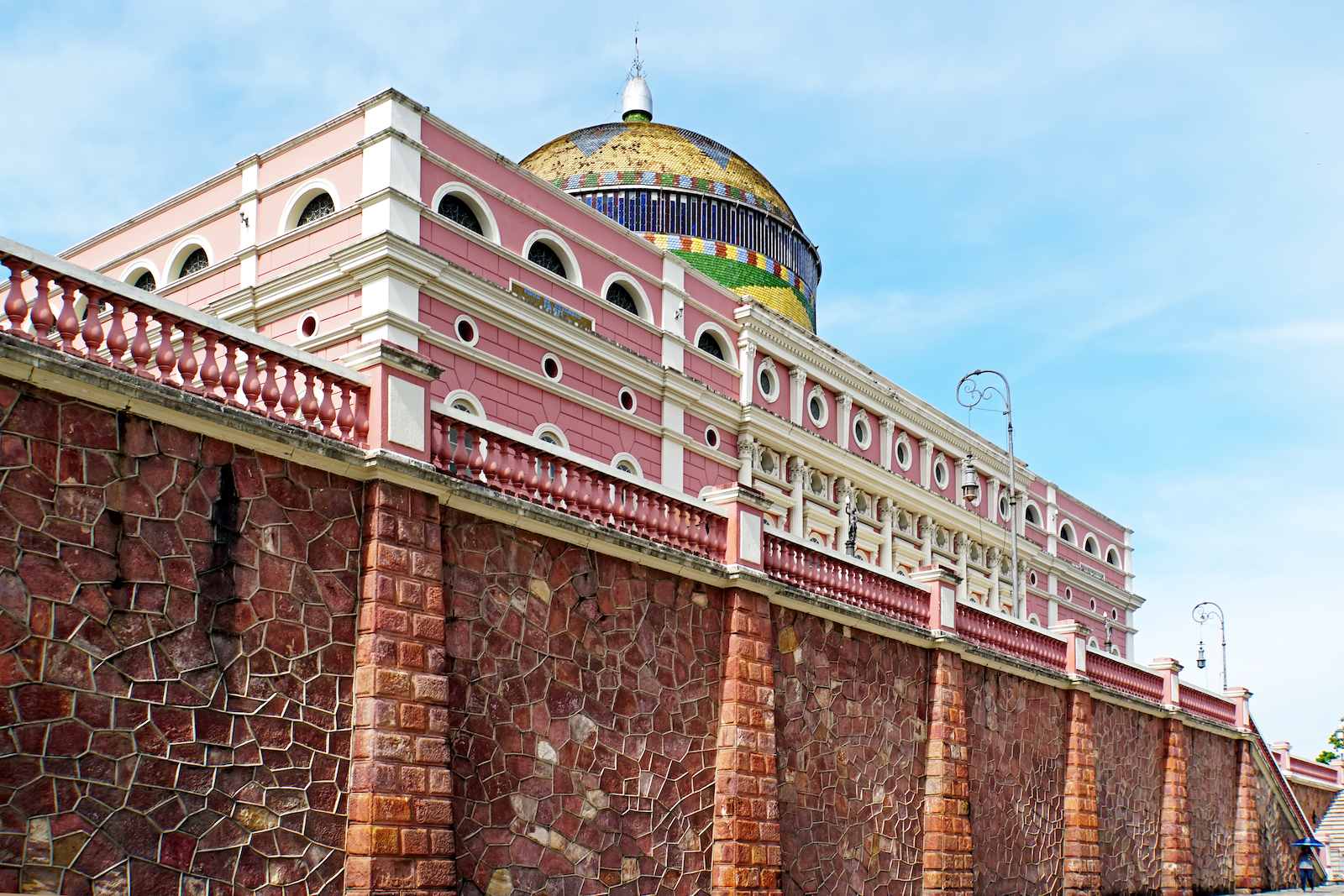
While Manaus is not known as a beautiful city, its geographical location in the heart of the Amazon makes it the best place to stopover before you escape into the world-renowned rainforest. The city does have a few tourist attractions like museums, an Opera House, and a place where two different parts of the Amazon meet.
The Meeting of the Waters is a visually stunning attraction that displays how the Amazon River flows.
Ouro Preto
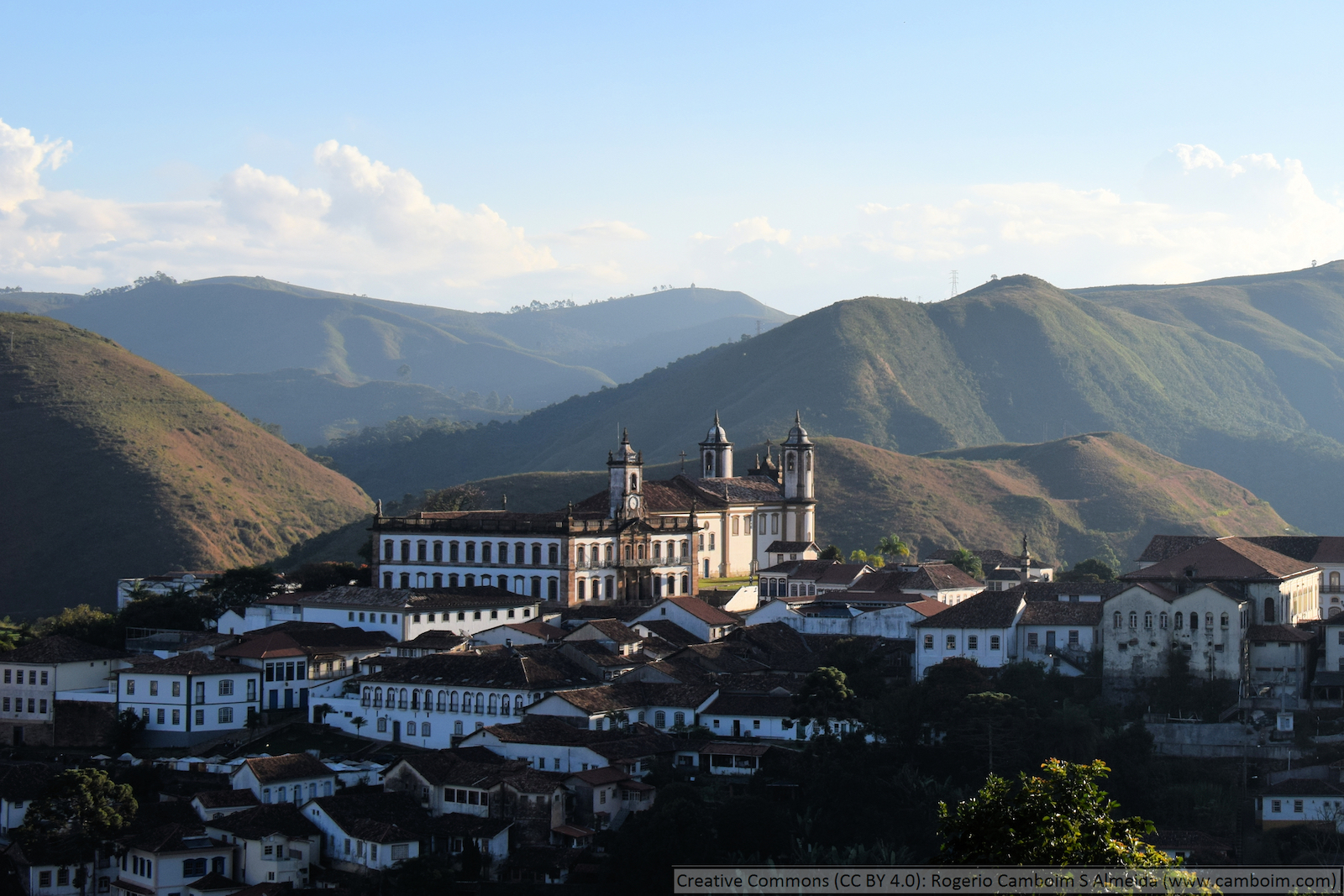
Ouro Preto is a well-preserved historic town that once was essential to the gold rush in Brazil. Now, the town is an idyllic destination where you take a step back in time and explore history. With cobblestone streets and old churches, tourists flock to see this historic destination.
Points of Interest
While cities are often the main attraction, there are plenty of other points of interest throughout Brazil. Here are some of Brazil’s top tourist attractions.
Discover the amazing thermal springs in Brazil on Top Hot Springs.
Iguaçu Falls

Located on the Brazilian and Argentinian border, Iguaçu Falls is a series of 275 different cascades. The Devil’s Throat is the most famous location in Brazil. It’s a unique U-shaped area that the falls pool into. The highest point towers 269 feet tall. You can also go out on the walkway to get closer to the waterfall and into the base of the Devil’s Throat.
Pantanal
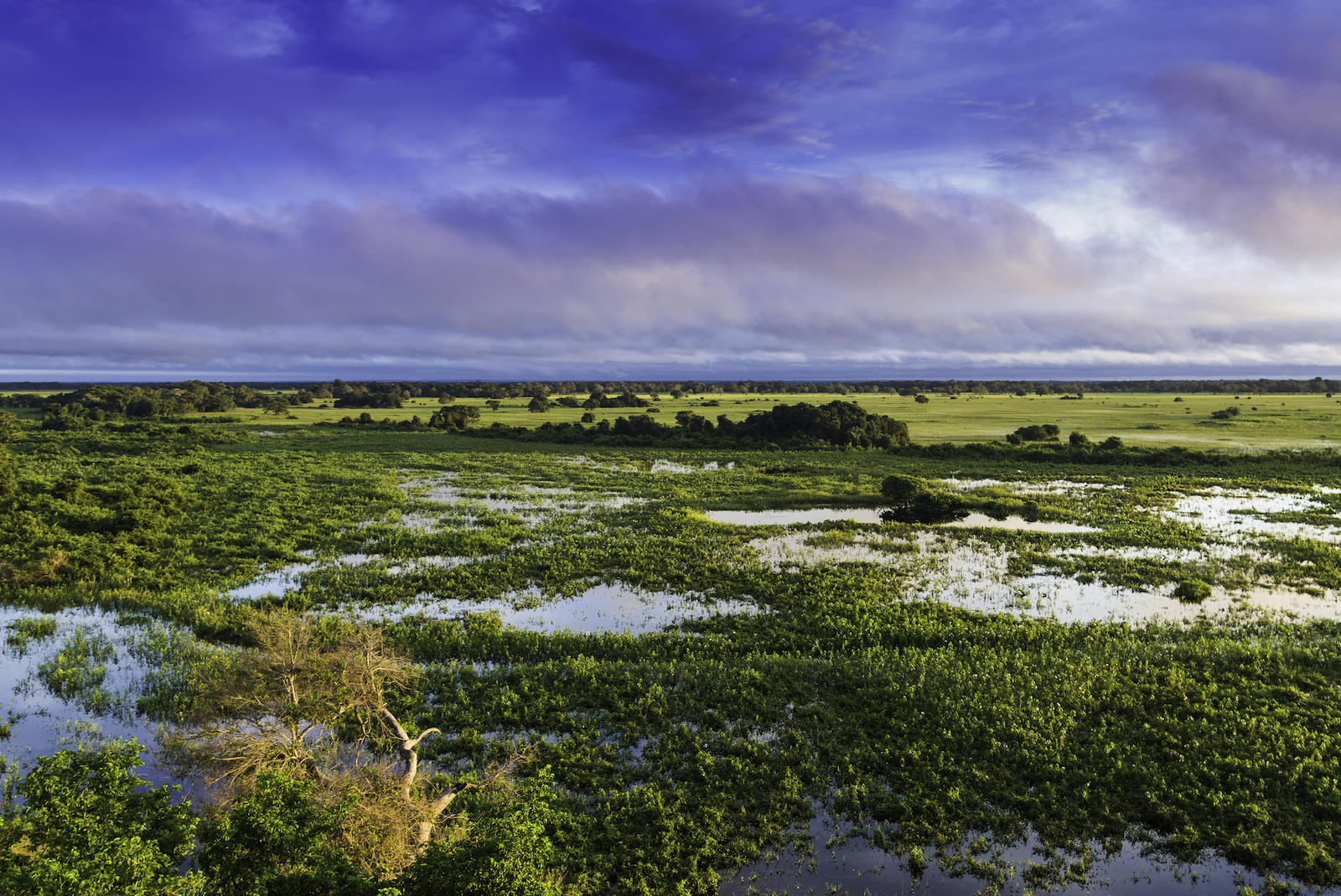
Filled with capybara, caiman, and jaguars, the Pantanal is the world’s largest wetland area, which extends from Brazil to Bolivia and Paraguay. While not as remote as parts of the Amazon, your best chances of seeing local wildlife are in Pantanal.
Amazon River
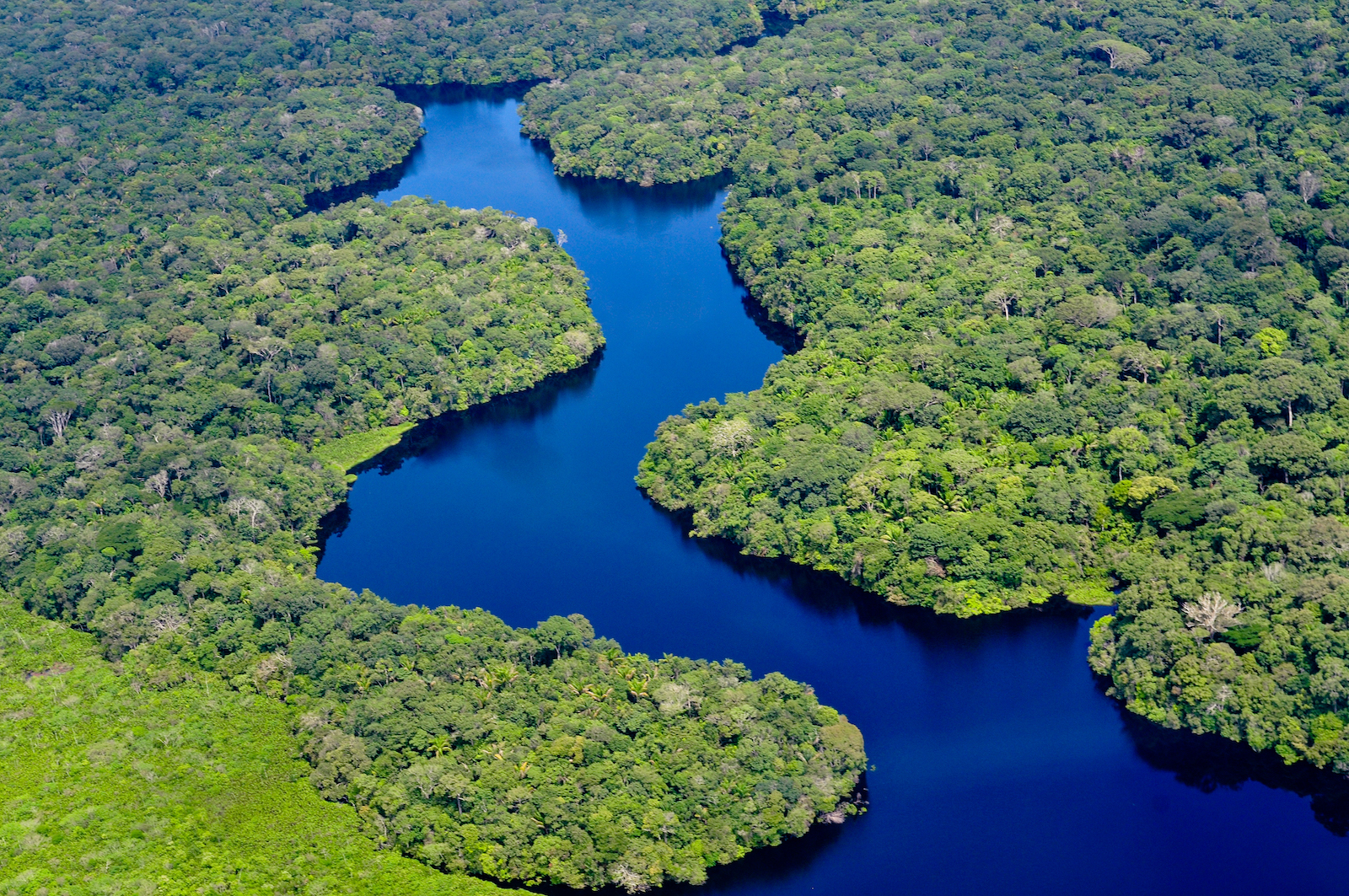
The second longest river in the world (largest by discharge), the Amazon is 4,000 miles long and carves itself through the Amazon Rainforest. The water is diverse with numerous known aquatic species and more being discovered each passing year.
Tourists are often eager to get out on the water and explore for the chance to glimpse famous animals. Spot creatures like the Green Anaconda or Amazonian Pink River dolphins.
Copacabana
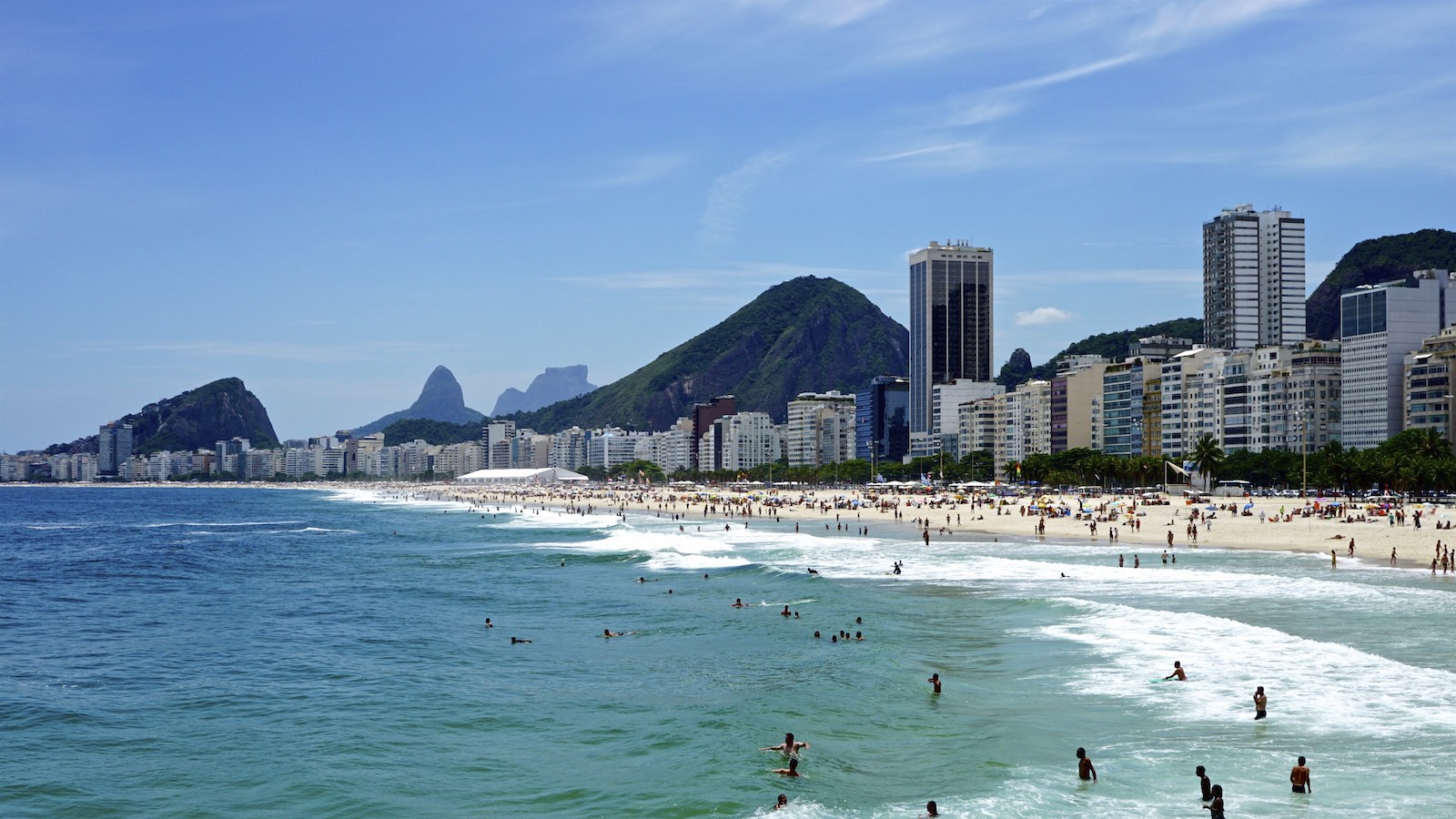
Copacabana Beach is one of Rio de Janeiro’s most famous tourist destinations. It’s also popular amongst the locals. This world-famous beach is lined with luxury hotels and housing, which are touted for their stark white colors. The beach is also the center for major holiday celebrations like New Year’s Eve.
Lencois Maranhenses National Park
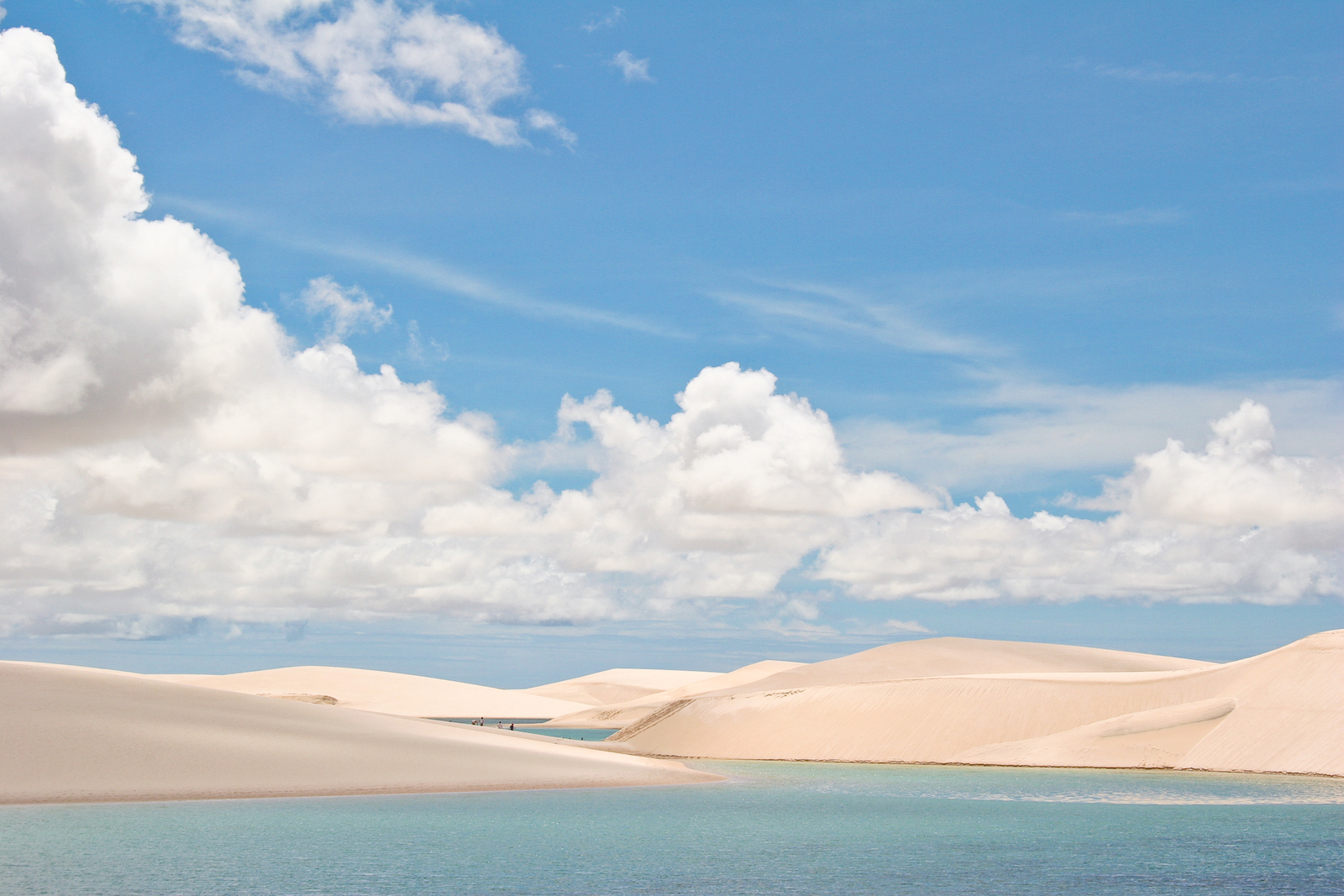
Lencois Maranhenses National Park is one of the most unique in Brazil due to the turquoise pools and stark white sand dunes. The landscape here seems desolate, but the pools are actually filled with aquatic wildlife.
The pools do disappear during the dry season, however, they still have fish when the pools appear. You can also swim in the pools but be aware that it’s more like visiting hot springs because the water temperature can reach up to 90 degrees Fahrenheit.
Discover South America’s Largest Country
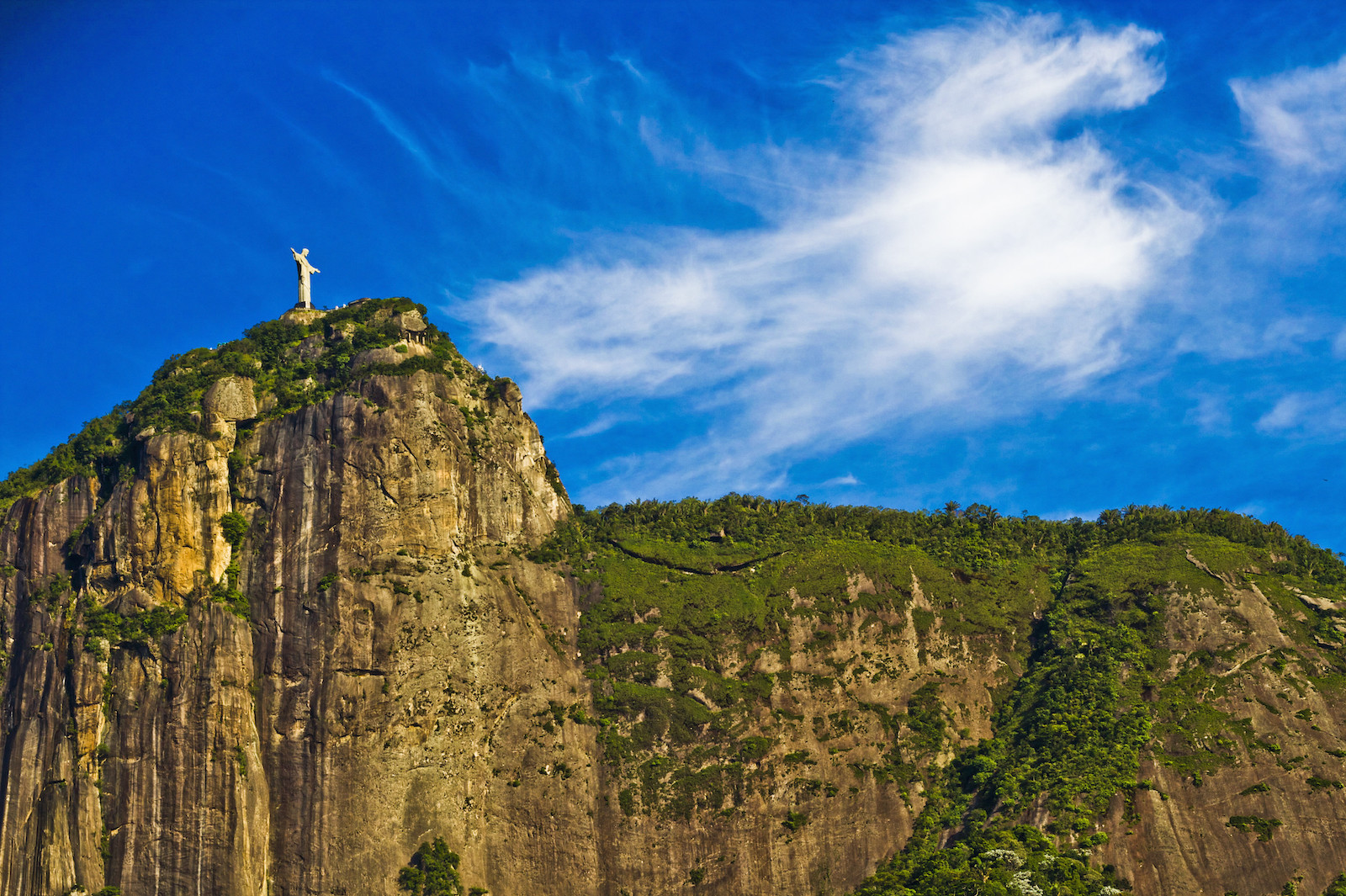
With unique joie de vivre, Brazil is a major tourist destination that delights visitors with its sights, sounds, and cuisine. From the packed cities like Rio de Janeiro to the remote destinations in the Amazon Rainforest, there is plenty to see and do in this South American gem.
Tourists can delight in experiencing the local lifestyle, as well as seeing some of our planet’s most precious biodiversity, all in Brazil. Enjoy your trip to the largest country in South America!



 What Is Argentina Most Famous For?
What Is Argentina Most Famous For?